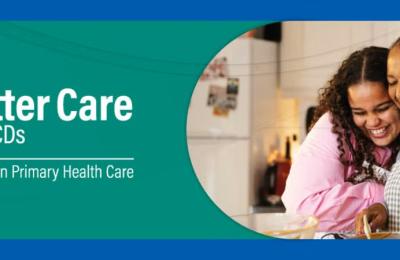Community participation in health as an essential element for health system strengthening in the Americas
The present narrative review discusses the relevance and challenges of community participation in health for health system strengthening. Based on a definition of community participation in health as a dynamic process that gives people access and control over health resources through involvement and experience, the article summarizes information obtained from documents and debate at an international event (Seminario Internacional: Experiencias y Modelos de Participación en Salud en América Latina y el Caribe).












